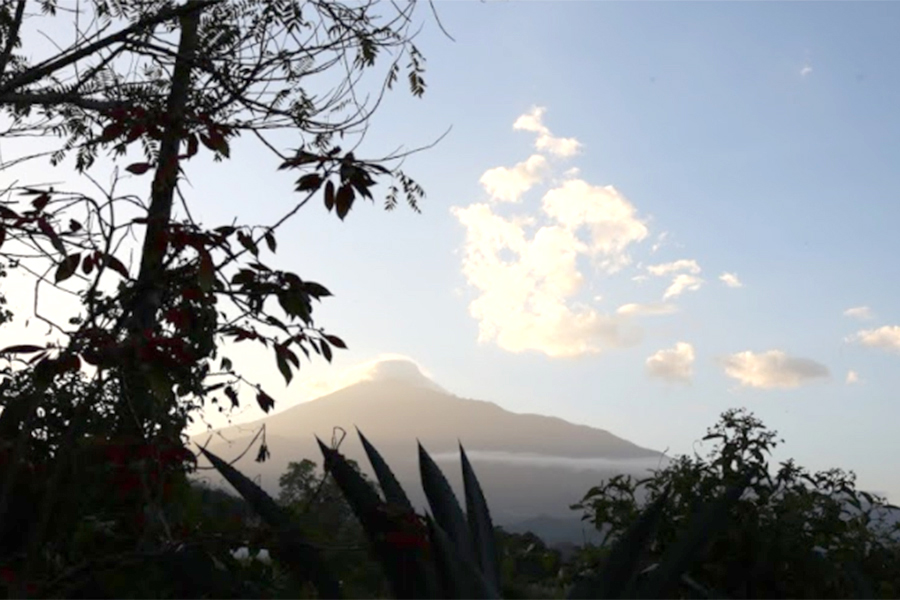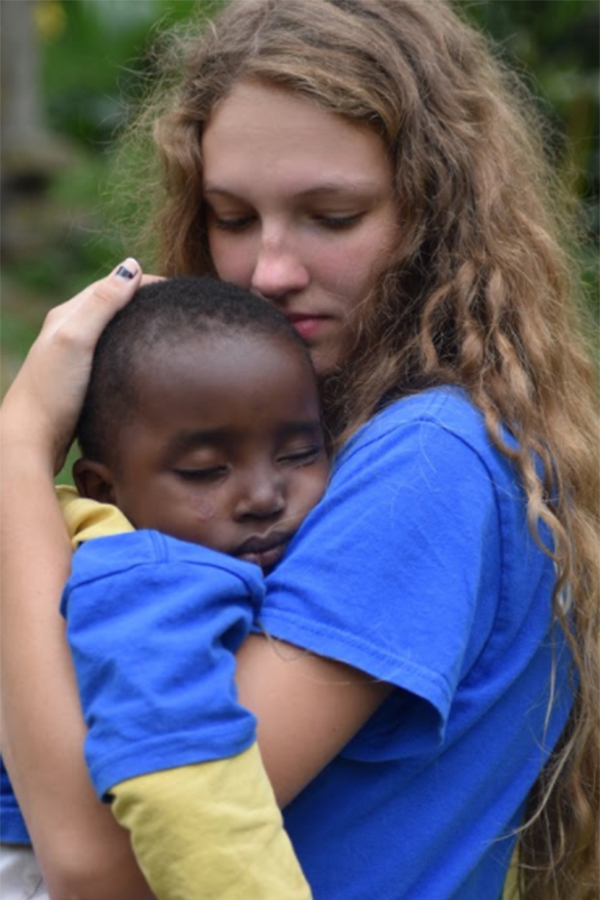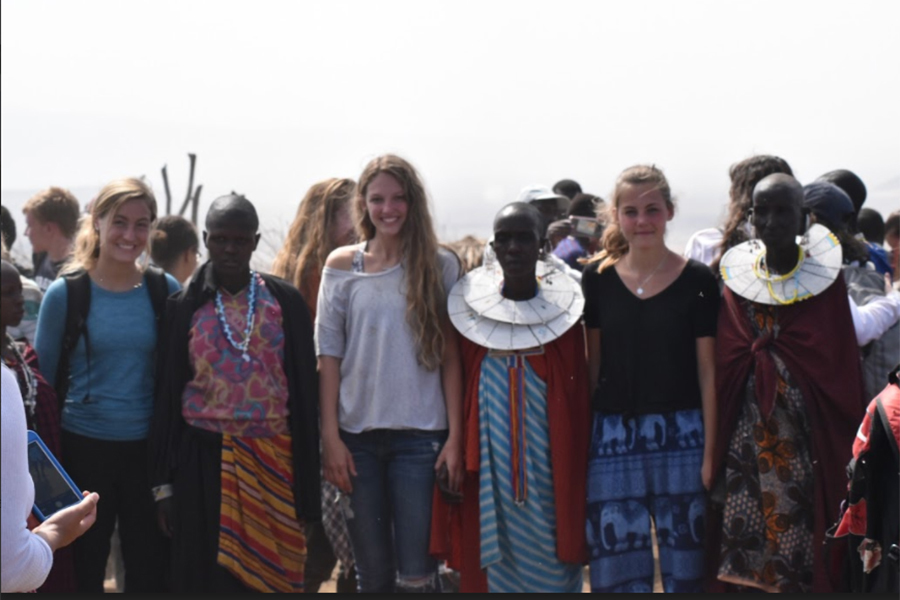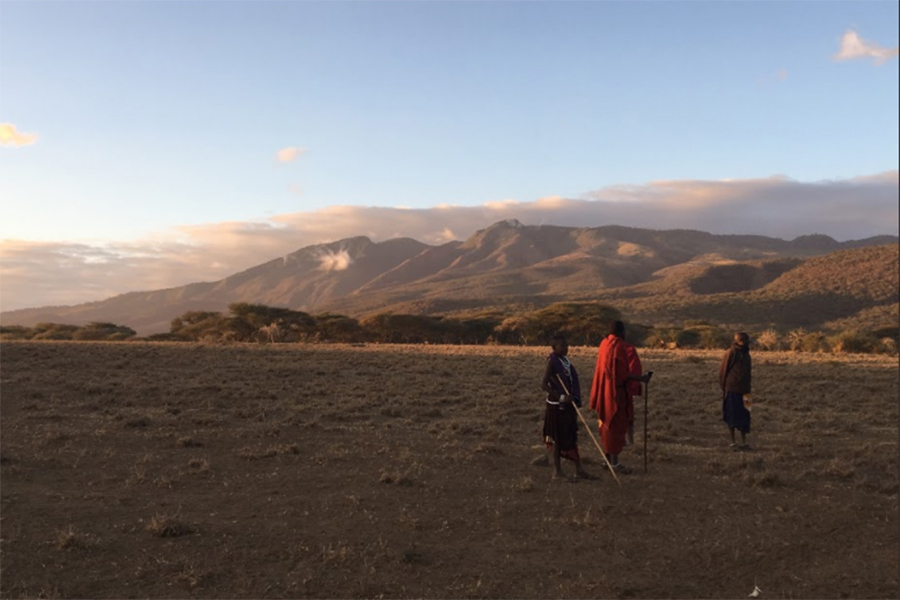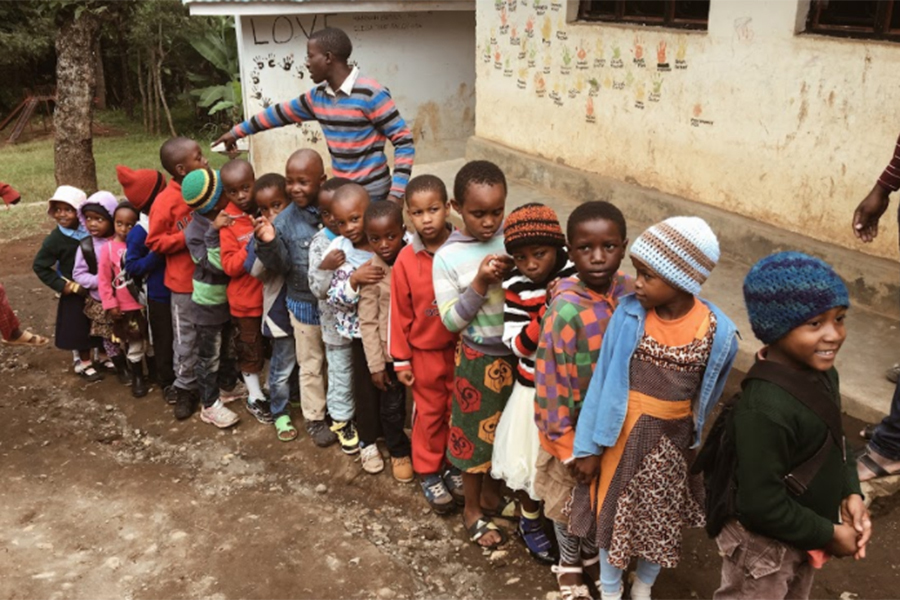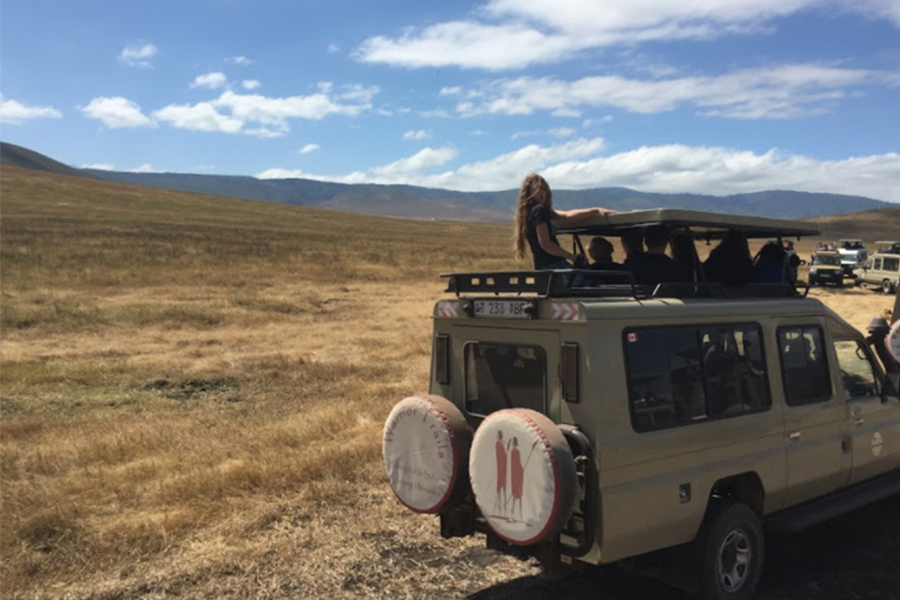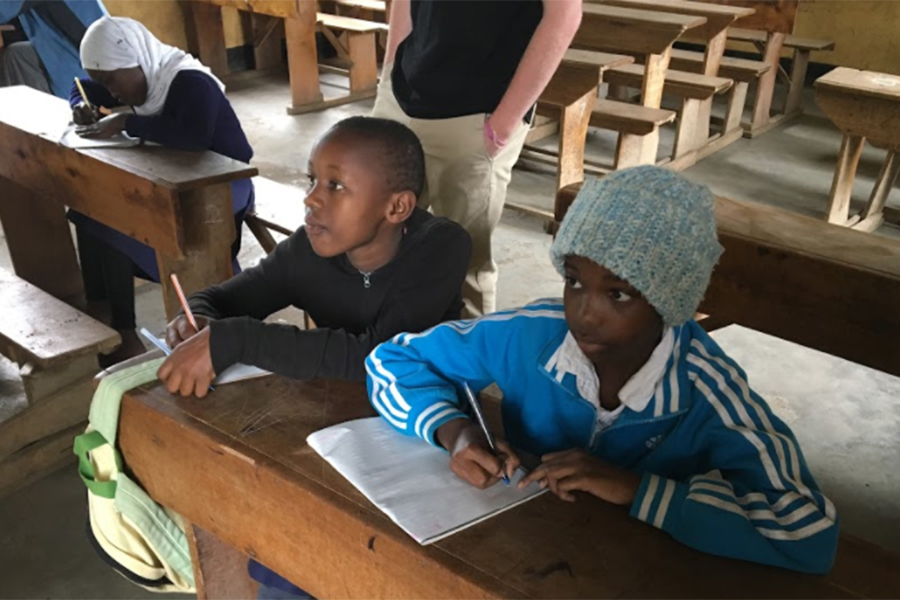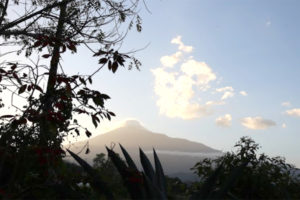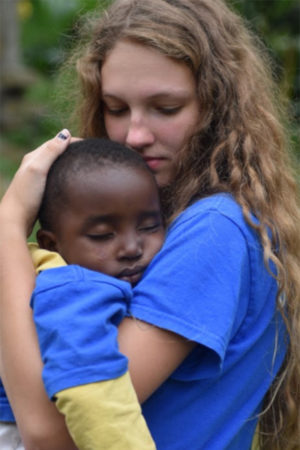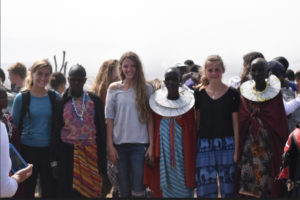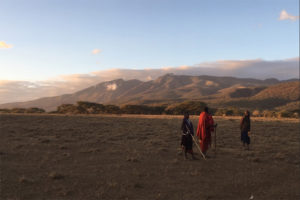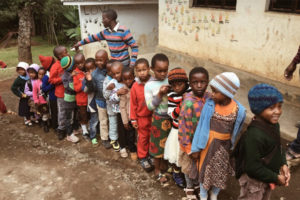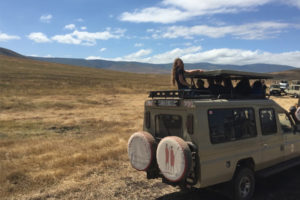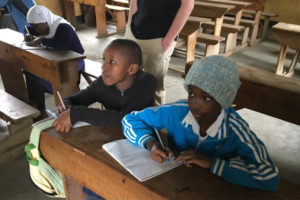Travels in Tanzania
Senior Livy Wood participated in a service trip to Tanzania, where she taught children English, helped build infrastructure, and visited natural wonders.
Surrounded in every direction by vast grasslands reflecting gold in the sunlight, senior Livy Wood is in awe of the natural beauty of the African savanna. On this two-day safari she has viewed lions, giraffes, elephants, zebras and more in their natural element, a world untouched by oppressive human hands and unrestrained by zoo cages. Their total freedom is surreal, and sitting next to her new best friends, Wood realizes that she will remember this moment forever.
The safari through the Tarangire National Park was the perfect end to her stay in Tanzania June 21-July 12. On the trip, she experienced life in the country firsthand– everything from vibrant Maasai nomadic warrior culture, Swahili language and friendly children to pressing issues like poverty, restricted access to clean water, lack of education and gender inequality. She built relationships with the children she taught and high schoolers she served with, and witnessed the natural beauty of Tanzania, home to Mount Kilimanjaro, 16 national parks, and incredible wildlife. Wood stayed in the Arusha province of Tanzania, which is in the Ngorongoro Crater, for most of her trip. She worked every day at Hope Orphanage or Patandi Village Elementary School, except on weekends when her group of 36 high schoolers from around the globe went on excursions to visit tourist sites.
“The concept of orphanages in most parts of Africa aren’t what we tend to think of them as,” Wood said. “A lot of people in impoverished countries can’t afford to feed or clothe their children but they still want to be in contact with them, so they’ll send them to an orphanage and their kids will live and go to school and be taken care of there. But, the parents can still come and visit them and the kids can’t actually be adopted.”
Wood estimates that 60 percent of the children at Hope Orphanage were still in contact with their parents. At the orphanage, there weren’t any tools for education, so Wood and the other volunteers spent their time playing with the children and refurbishing the buildings while the adults took care of behind-the-scenes business. At Patandi Village Elementary School, they taught the children English, played with them, and did physical labor such as painting walls or sanding chalkboards.
“I became best friends with a lot of those kids really quickly,” Wood said, “and I am still in contact with some of the kids from the school. We sponsor kids from the orphanage and I’ve stayed really close to all those people.”
One social problem plaguing Tanzania is poor education. Schooling is only publically funded up to elementary school, so few people attend secondary school and even fewer receive education on the university level. To get into college, students must pass a difficult exam that is entirely in English, so it is vitally important that children begin to learn the language early in school.
“Teaching them was super difficult because you were teaching concepts that seem really easy to us but are actually super complex to explain, especially with English being one of the most complex languages to learn,” Wood said. “In Swahili everything is spelled exactly how it sounds, so it was hard to make direct translations because there really aren’t direct translations.”
Through Global Leadership Adventures, almost 700 English-speaking high schoolers have assisted in teaching English to over 3,000 Tanzanian children.
“In Tanzania they speak Swahili and I feel like that was one of the more shocking things for me,” Wood said. “I’m used to going to different countries and meeting people that can generally speak English, and I don’t really have to meet their standard because they can meet mine.”
Wood also encountered a new way of living in Tanzania. She slept on blankets rather than beds, took two bucket showers a week, and ate a diet consisting of carbs and goat meat. She also had to boil her drinking water.
“I remember the day I got home after traveling for 36 hours I was about to take a shower and I literally threw my hand back because the water was assaulting,” Wood said. “I just got so used to living that way that the weirdest thing coming back was living as luxuriously as we do without realizing it.”
The trip to Tanzania was unique because the lifestyle is so different than in the United States, according to Maggie Mattes, a junior from Grosse Pointe, Michigan who has participated in multiple GLA service trips.
“I was surprised to see how they live everyday,” Mattes said. “You can imagine it in your head but it’s so eye opening to actually see the poverty and how well they are able to live and make use of what they have there.”
Wood’s greatest takeaways were the relationships she created with the children she taught and other high schoolers on the trips, and her most memorable experience was the safari. She had a life-altering experience and hopes to return in the future.



